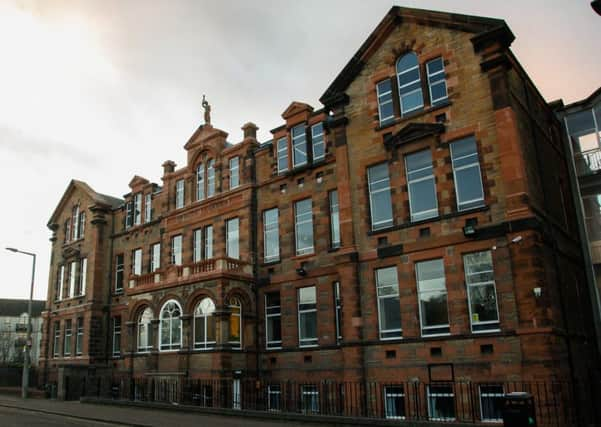Iain Whyte: Council repair backlog needs radical action


A report to the council’s finance committee has confirmed what we had been hearing in private briefings for some time. The council’s buildings have a huge maintenance backlog: £180 million.
Even if we can replace some buildings with new ones, as is the intention with some schools, we still need to find an extra £153m from budgets that are already stretched. Replacing schools doesn’t come cheap or save you money in the future.
Advertisement
Hide AdAdvertisement
Hide AdThe new buildings that Labour and the SNP are so keen to champion have increased the size of the council estate, putting up running costs and future maintenance bills. So much for being more efficient. The state of council buildings is probably no surprise to Evening News readers who may well have noticed the deterioration of those they regularly visit. But not all problems can be seen with many buildings needing expensive, invisible work like rewiring and mechanical plant replacement, including at Blackhall Primary school in my ward. It is well known that the council doesn’t repair things. Look at our roads, pavements and street lighting, for example, which had a combined backlog of £150m as long ago as 2012. We haven’t been investing enough to reduce that and the costs of the work will have risen too. The political approach of leaving things to rot in favour of spending on a headline project or a shiny new purchase has been endemic for successive administrations. The most shocking statement in the council officers’ report is that “investment in maintenance for the council’s operational estate has been steadily decreasing over the last 15 to 20 years. This lack of investment is now manifesting itself in failures of buildings.”
Older readers will remember an even earlier and more obvious example of this culture from the 1990s when the council diverted funding from roads maintenance to its headline-making “Greenways”. It doesn’t matter whether you loved them or loathed them in transport terms, the result of the lack of a proper financial strategy was a bigger backlog of repairs and Greenways with no new funds to maintain them going forward. So, the blame is clear with Labour in power for all bar five of the last 20 years and their current coalition lead partner, the SNP, in power for the last 11. Some of these problems have been mitigated in a few school buildings that were built under the PFI/PPP method as the maintenance comes with the contract. But it is not a panacea as it can be expensive. The SNP Scottish Government say they are against such schemes although they do something similar under a different name, the Scottish Futures Trust. Surely, this can’t be the only way to plan to maintain public assets?
As a councillor, I have supported better preventive maintenance and attempts to reduce maintenance backlogs. As a Conservative group, we wanted to fix the roof while the sun shone. Regrettably, because of the short-term approach of others, we now find it is raining hard and the roof has holes. The council’s available funding has reduced as demographic changes rightly prioritise spending on issues like social care. What has become clear is that a radical approach is now needed – sell the buildings we don’t need and find more efficient ways to use the ones we must keep. We might even need a moratorium on building new projects until we can maintain what we already own in a fit state.